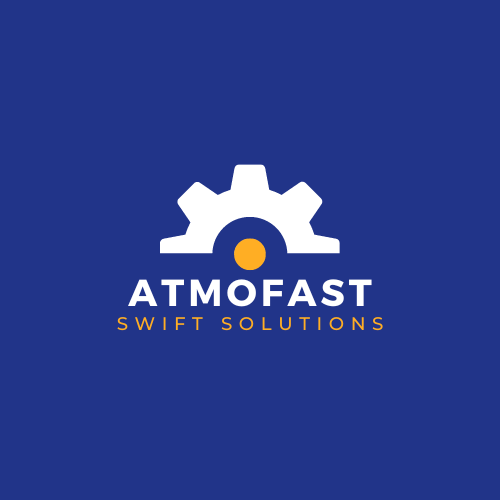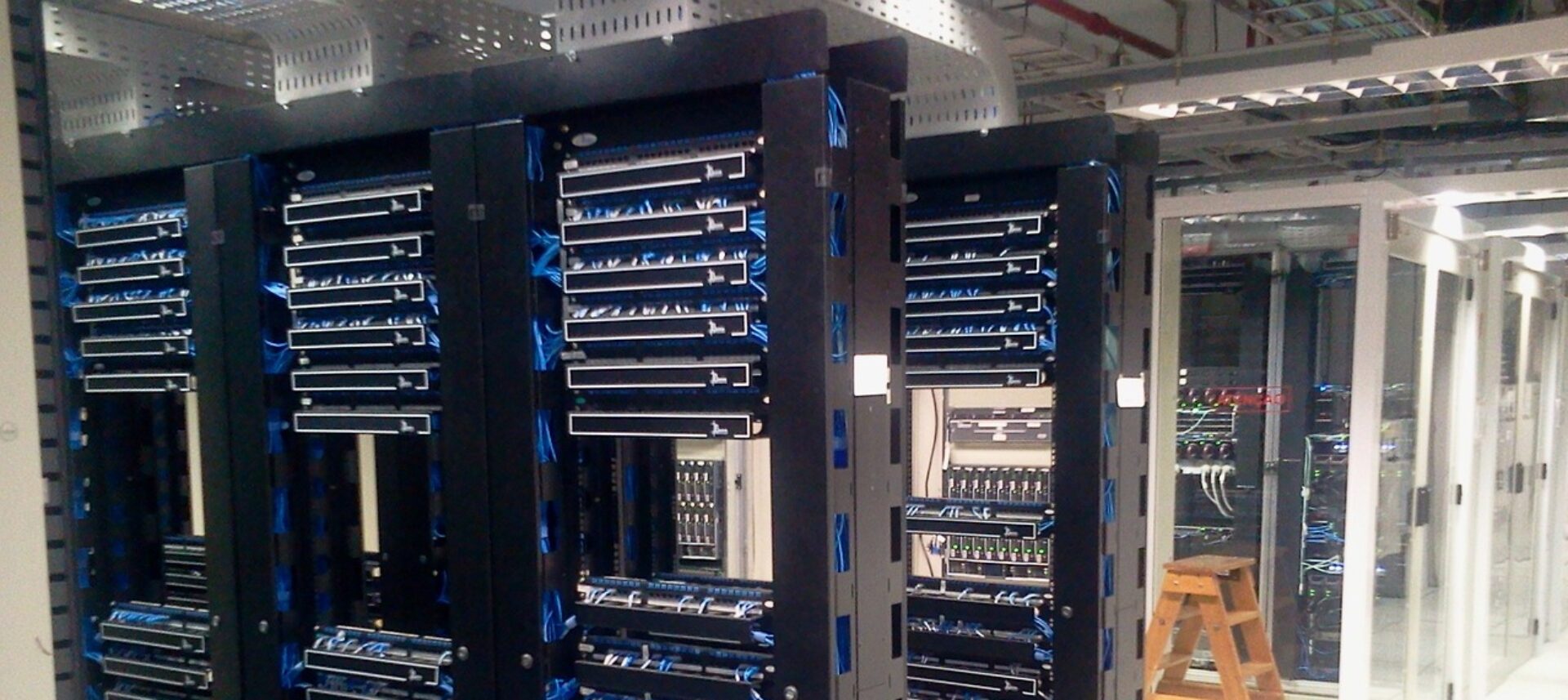In today’s world, maximizing safety within your business or home is non-negotiable. Fire suppression systems play a critical role in protecting lives and properties from the devastating impacts of fires.
Three front-runners in the fire suppression game are Novec 1230, FM200, and Inergen. Each of these systems has its unique features, making them suitable for different environments and needs.
First up, Novec 1230. This system uses a chemical agent that’s designed to put out fires rapidly without causing damage to sensitive electronics, making it a popular choice for data centers and other tech-heavy spaces. On top of that, Novec 1230 is recognized for its low environmental impact, as it has zero ozone depletion potential and minimal global warming potential. It’s a friend to both your equipment and the planet.
Next, FM200 steps into the spotlight. This suppression system is similar in its rapid response and effectiveness, but it’s known for being slightly more cost-effective than Novec 1230. FM200 uses a gas to disrupt the chemical reaction of the fire, stopping it in its tracks without leaving any residue. However, it’s worth noting that FM200 does have a slightly higher environmental impact compared to Novec 1230.
And then there’s Inergen, which sets itself apart by using a blend of natural gases—nitrogen, argon, and carbon dioxide. This system lowers the oxygen level in the protected area just enough to extinguish the fire while still being safe for people. Inergen is a heavyweight champ when it comes to safety and minimal environmental impact, but it can be more complex and costly to install due to the bulky storage cylinders required.
Understanding the key features of Novec 1230, FM200, and Inergen is just the starting point. Each has its perks and downsides, fitting specific scenarios better than others. Deciding between them involves considering various factors like the environment the system will protect, budget constraints, and long-term maintenance.
Detailed Analysis: Novec 1230 vs FM200 vs Inergen
**Chemical Composition and Environmental Impact**
Novec 1230, FM200, and Inergen have distinct chemical compositions, impacting both their performance and environmental footprint. Novec 1230’s primary agent is a fluoroketone compound, designed to have a negligible environmental impact. FM200, which uses heptafluoropropane, is effective but has a higher global warming potential. Inergen stands out with its natural gas blend, making it the eco-friendliest option among the three.
**Cost Comparison**
Initial costs and ongoing expenses can vary significantly between these systems. Novec 1230 tends to be pricier upfront due to its advanced formulation and eco-friendly benefits. FM200 is typically more affordable initially, but environmental fees may apply due to its higher global warming potential. Inergen can be costlier to install, primarily because of the bulkier storage requirements, yet its natural gases may lead to fewer regulatory costs.
**Effectiveness and Safety for People and Assets**
All three systems excel in extinguishing fires rapidly without harming equipment. Novec 1230 and FM200 are particularly effective in data centers and other tech environments. Inergen’s approach keeps oxygen levels safe, making it ideal for areas where people might be present during a fire. However, its gas blend can be harder on fragile electronics due to the higher pressure involved.
**Installation and Maintenance Considerations**
The installation complexity and maintenance needs differ notably. Novec 1230 systems are relatively easy to install and maintain, demanding less frequent servicing. FM200 systems are straightforward but might need more frequent environmental checks. Inergen, with its bulky tanks, requires more space and precise installation procedures, plus regular inspections to ensure system readiness.
**Choosing the Right System for Specific Applications**
Selecting the right system boils down to the specific needs of your space. Novec 1230 excels in environments where environmental responsibility and high-value electronics are a priority. FM200 offers a balance between cost and effectiveness, useful in various commercial settings. Inergen shines in spaces occupied by people during a fire and where eco-friendliness is paramount.
Navigating through the pros and cons of Novec 1230, FM200, and Inergen can be complex, but understanding these factors helps in making an informed decision. Each system has its strengths, and the best choice will depend on weighing your particular needs and constraints. As fire safety technology evolves, these systems continue to offer robust solutions for different applications, ensuring both safety and sustainability.

